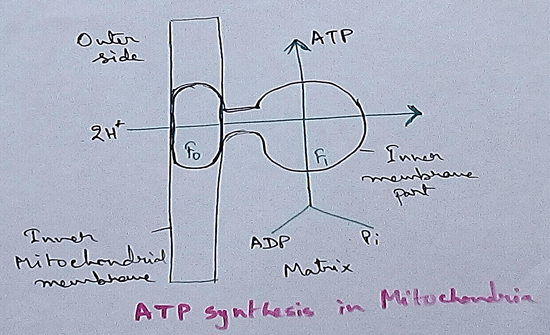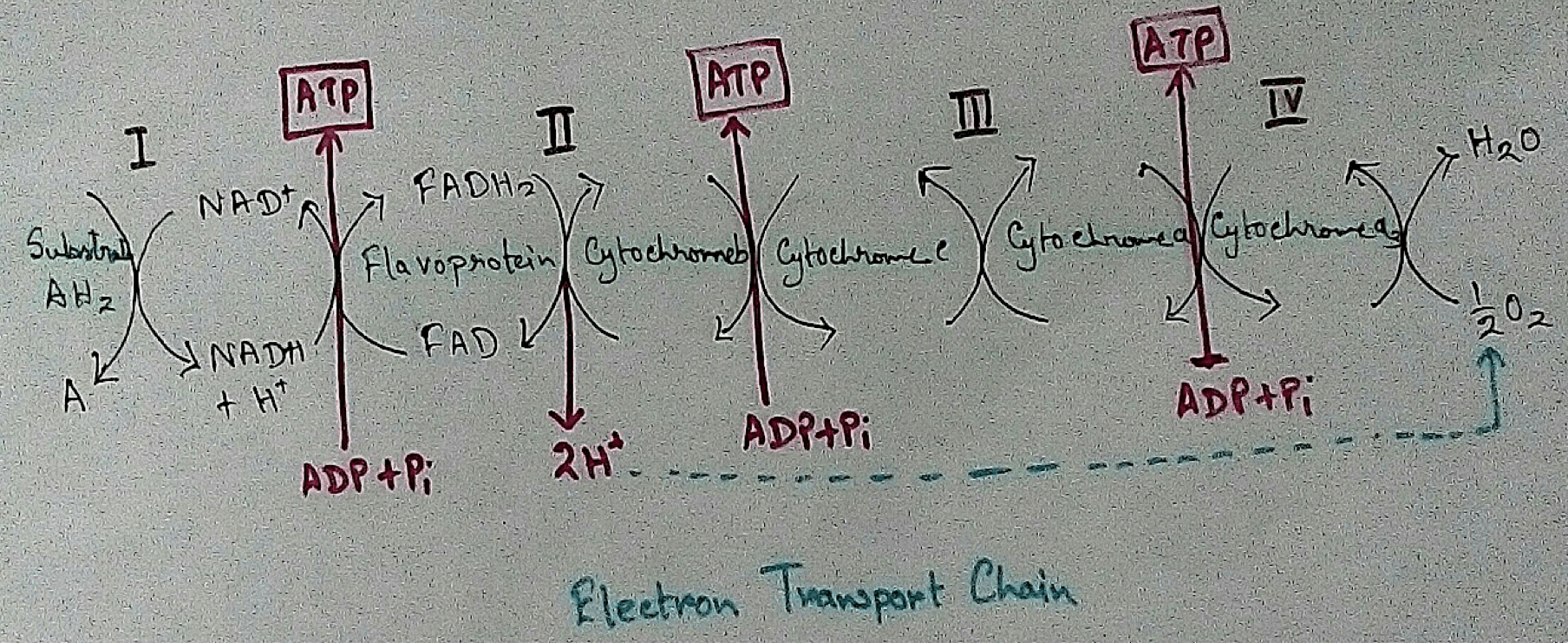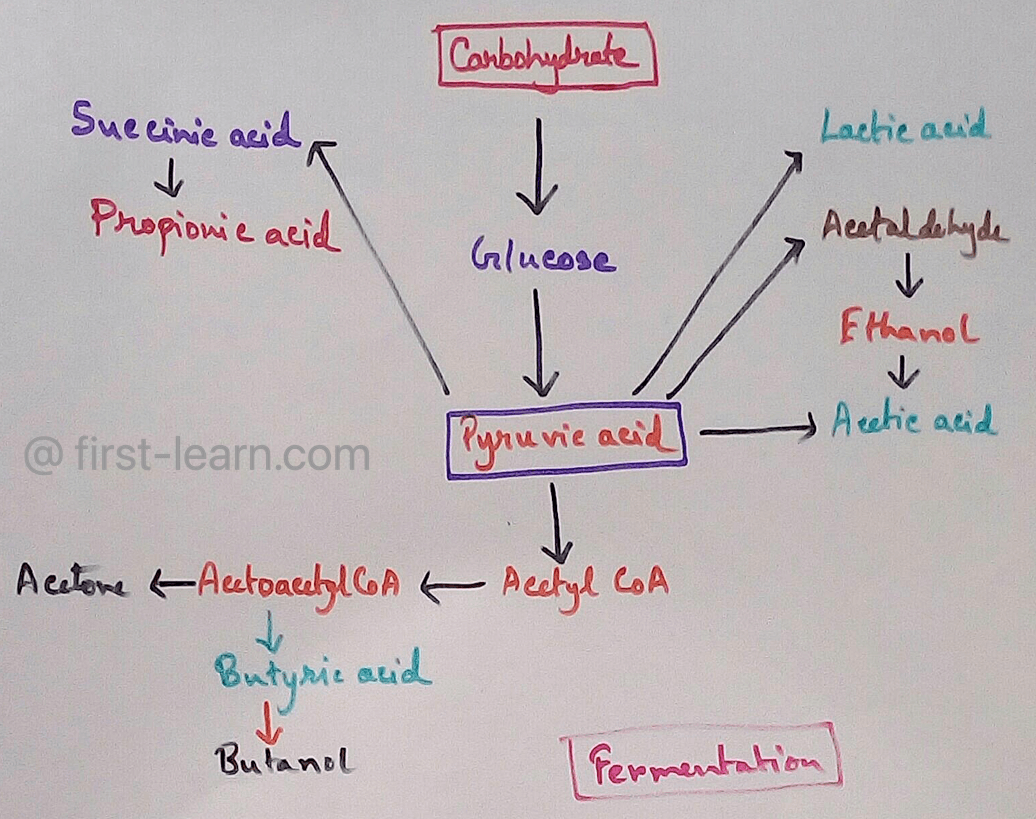Materials, Water and Air
We will discuss about materials, water and air. Our world is made up of different kinds of materials. These are rocks, stones, soil, sand, iron, wood, water and air.
Things that we use in our daily life are made up of different kinds of materials.
All materials are grouped under solids, liquids and gases. All materials have certain common features. Materials occupy space.
When we keep our books in a particular place and our schoolbag in a particular place we observed they occupy space. We can’t keep anything else in the space which is already occupied by our books and schoolbag; we need to move these to make space.
For example:
(i) Suppose if one car is parked in the garage we can’t park another car in the same place in the garage because solid objects occupy space.
(ii) Fill a tumbler with water to the brim. What happens
when we pour more water into the tumbler then the excess water flows out. From
this simple example we can understand why a river causes floods in the monsoon
because the river is full of water. During the monsoons, when more water comes
into the same river, it overflows onto the surrounding land area causing floods
because liquid occupies space.
(iii) Take a balloon without air it is limp and flat. Blow air into it then we see air has occupied or filled the space within the balloon. If we fill more and more air in that balloon, it will burst. The balloon bursts because there is no more space in the balloon to hold more air. Air gas occupies space.
Fill a vessel with water. Turn an empty tumbler upside down. Press it down straight into the water. Water cannot enter the tumbler because it contains air. Tilt the tumbler slightly then we see air bubbles coming out of the tumbler. Now, water enters the tumbler.
What common property do we find in each of these materials (materials, water and air)?
We find that materials of all kinds occupy space.
Recent Articles
-
Respiratory Balance Sheet | TCA Cycle | ATP Consumption Process
Feb 18, 24 01:56 PM
The major component that produced during the photosynthesis is Glucose which is further metabolised by the different metabolic pathways like glycolysis, Krebs cycle, TCA cycle and produces energy whic… -
Electron Transport System and Oxidative Phosphorylation | ETC |Diagram
Feb 04, 24 01:57 PM
It is also called ETC. Electron transfer means the process where one electron relocates from one atom to the other atom. Definition of electron transport chain - The biological process where a chains… -
Tricarboxylic Acid Cycle | Krebs Cycle | Steps | End Products |Diagram
Jan 28, 24 12:39 PM
This is a type of process which execute in a cyclical form and final common pathway for oxidation of Carbohydrates fat protein through which acetyl coenzyme a or acetyl CoA is completely oxidised to c… -
Aerobic Respiration | Definition of Aerobic Respiration | Glycolysis
Dec 15, 23 08:42 AM
This is a type of respiration where molecular free oxygen is used as the final acceptor and it is observed in cell. Site of Aerobic Respiration - Aerobic respiration is observed in most of the eukaryo… -
Fermentation | Definition | Types of Fermentation | Application
Nov 29, 23 10:27 PM
Definition of fermentation- It is a process that is energy yielding process of anaerobic oxidation of organic compounds which are carried out by the enzyme action of micro organisms where neither gase…




New! Comments
Have your say about what you just read! Leave me a comment in the box below.